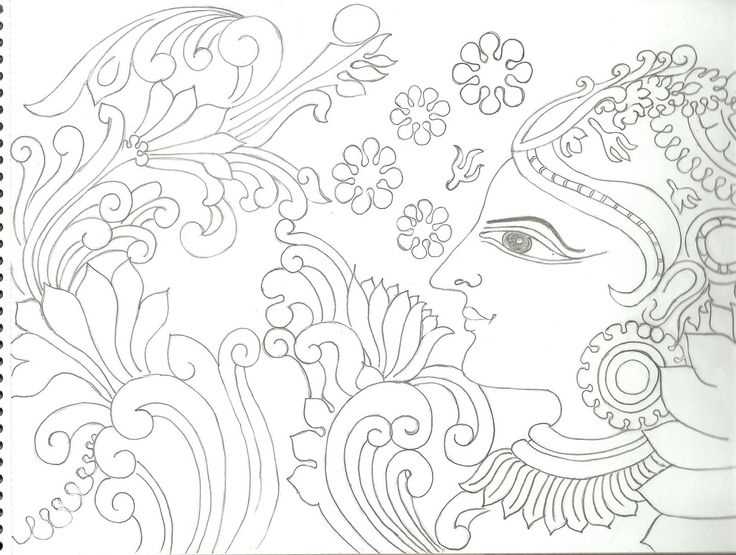
Stencil street art is a form of artistic expression that has gained popularity in urban environments all over the world. With its roots in graffiti, this unique art form has evolved into a highly recognized and respected form of street art. Stencil street art involves the use of stencils, which are pre-cut designs that can be easily replicated onto walls, pavement, or other surfaces.
Stencil street art allows artists to create detailed and intricate designs that can be quickly and efficiently reproduced. By using stencils, artists can achieve a high level of precision in their work, allowing them to create stunning and visually appealing pieces of art. This technique also enables artists to experiment with different colors, gradients, and textures, resulting in eye-catching and vibrant street art.
Moreover, stencil street art has become a medium for artists to express their thoughts, ideas, and opinions on various social and political issues. From murals that depict environmental concerns to thought-provoking images that challenge societal norms, stencil street art provokes conversation and stimulates discourse. Its accessibility and visibility make it a powerful tool for social commentary and activism.
By blending creativity with urban landscapes, stencil street art has transformed public spaces into open-air galleries, providing a platform for artists to share their work with a wider audience. This art form not only enhances the visual appeal of a city but also encourages engagement and interaction with the environment. Whether you stumble upon a stencil street art piece during your daily commute or intentionally seek out these creative expressions, you are sure to be captivated by the beauty and impact of this powerful art form.
About Stencil Street Art
Stencil street art is a form of graffiti that utilizes stencils to create images or text on various surfaces in public spaces. It emerged as a distinct art form in the early 20th century and has since gained popularity around the world.
The History of Stencil Street Art
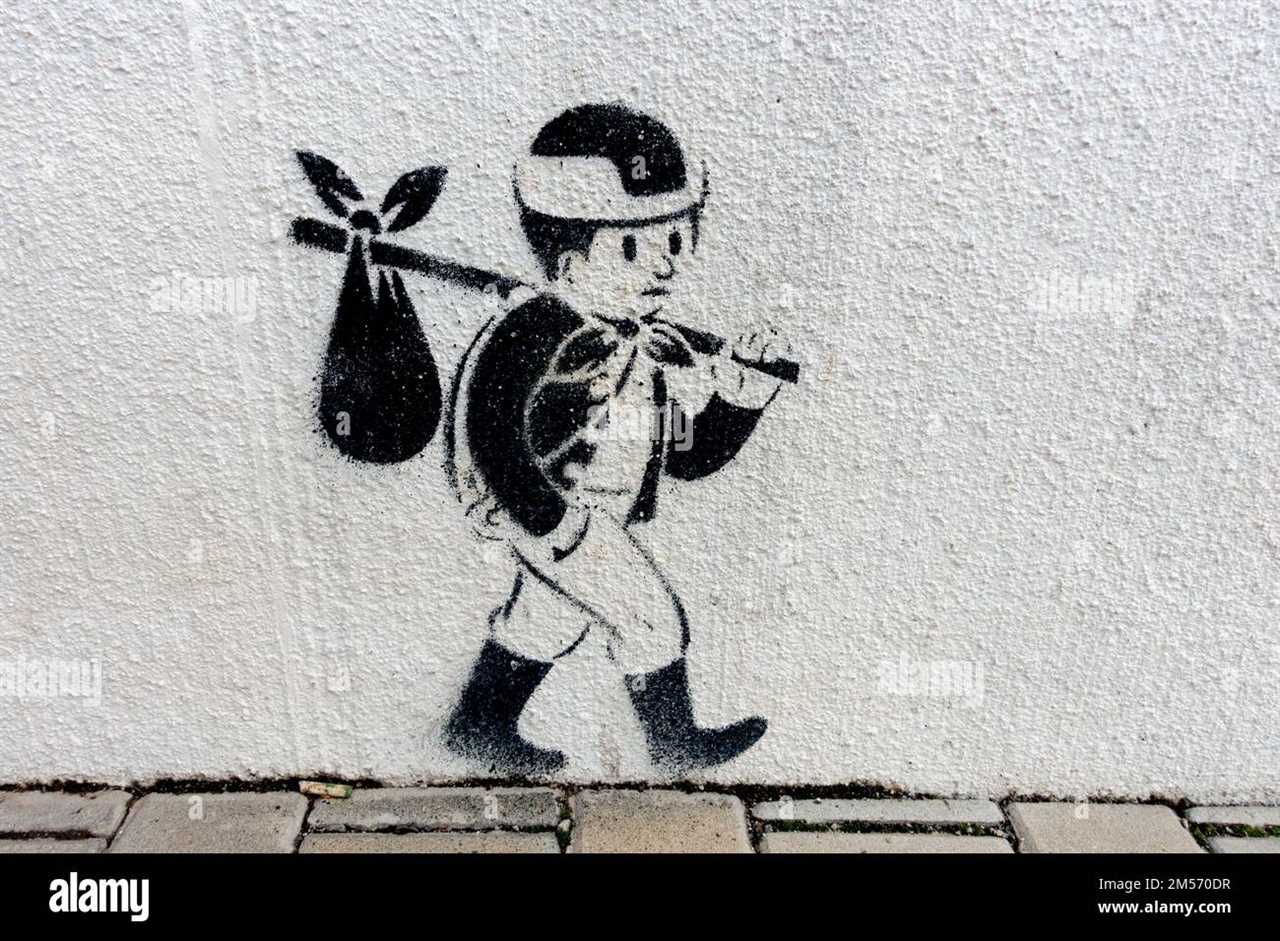
Stencil street art has a rich history that dates back to the early 20th century. It first gained prominence in the 1960s and 1970s when street artists started using stencils as a quick and efficient way to produce their artwork. The use of stencils allowed artists to create intricate and detailed designs on walls, pavements, and other surfaces without spending a lot of time on-site.
During the 1980s and 1990s, stencil street art became a significant part of the underground urban culture. Artists started using stencils to make political statements, express their views on society, and challenge the status quo. This period saw the emergence of notable stencil artists like Banksy, Blek le Rat, and Shepard Fairey, who helped popularize the art form and bring it into the mainstream consciousness.
Techniques and Materials
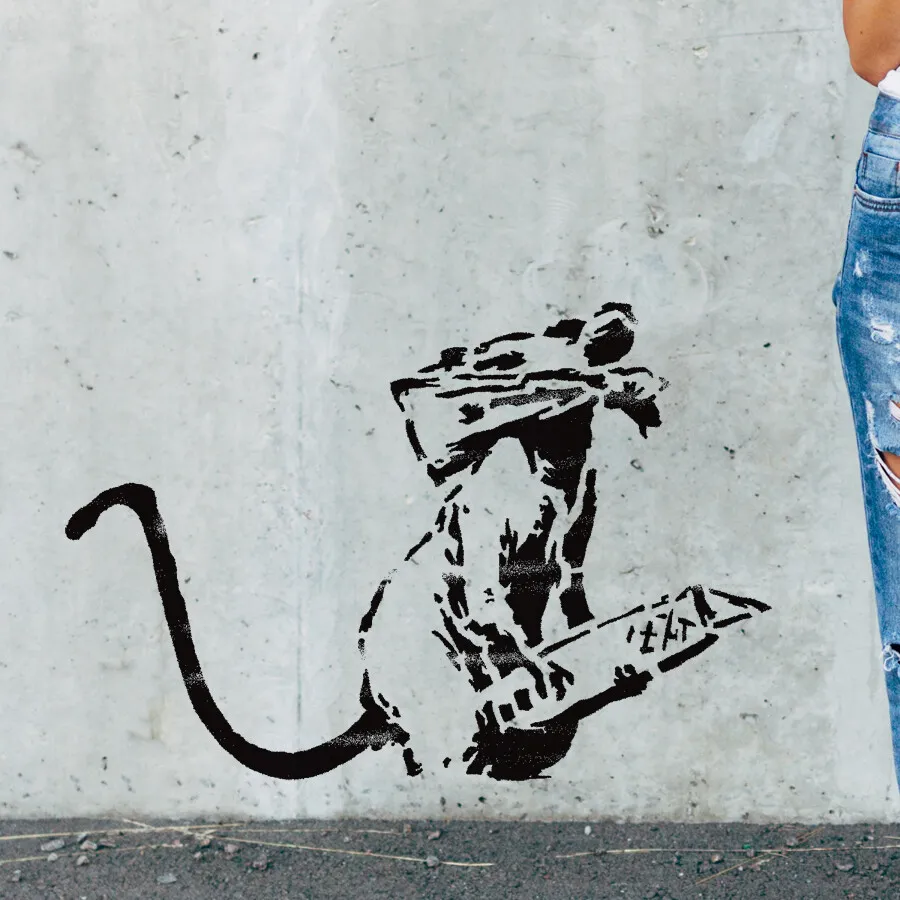
Stencil street art involves the use of stencils, which are typically made from thin sheets of materials like cardboard, plastic, or metal. These stencils are cut or sprayed onto surfaces to create the desired image or text. Artists often use spray paint, brushes, or markers to apply the paint, allowing for vibrant and eye-catching designs.
The process of creating stencil street art can be time-consuming, as artists need to plan their designs, cut out the stencils, and carefully position them on the surface. However, stencils allow for precise and intricate designs that would be difficult to achieve freehand, making it a popular choice among street artists.
The Impact of Stencil Street Art

Stencil street art has had a significant impact on contemporary art and urban culture. It has provided a platform for artists to express their creativity and share their messages with a wide audience. Stencil street art often tackles social and political issues, making it a powerful form of artistic activism.
Furthermore, stencil street art has challenged the traditional boundaries of art by bringing it out of galleries and into the streets. It has transformed public spaces into open-air galleries, accessible to anyone, regardless of their background or knowledge of art. This democratization of art has made it more inclusive and allowed for a greater appreciation of street art as a valid artistic expression.
The Role of the Artist
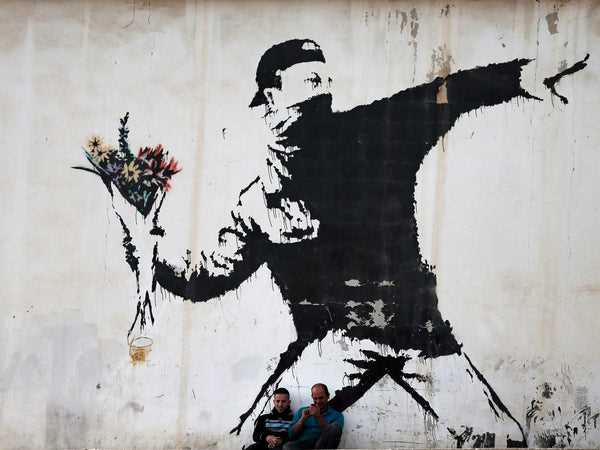
Artists who work in the realm of stencil street art play a crucial role in shaping the urban landscape and influencing the cultural dialogue of their communities. Their unique form of expression allows them to communicate powerful messages and provoke thought in a visually captivating way.
Breaking Boundaries
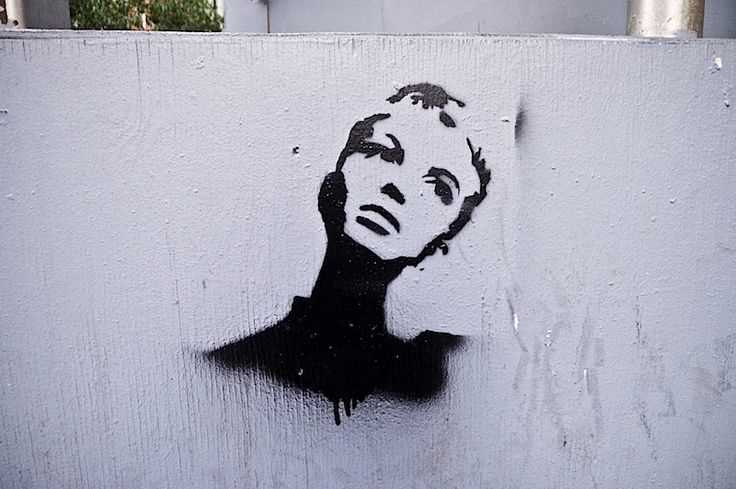
One of the primary roles of the stencil street artist is to challenge societal norms and break boundaries that restrict creativity. By taking their artwork to the streets, often in unconventional and unauthorized locations, these artists push the limits of what is considered acceptable in the art world.
They use their stencils as a means to reclaim public spaces, transforming ordinary walls and surfaces into thought-provoking canvases. In doing so, they encourage viewers to question the socio-political constructs that define their environment and challenge the status quo.
Amplifying Voices
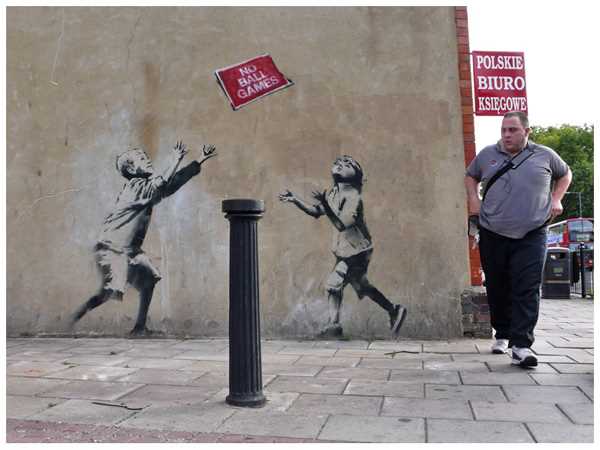
Stencil street artists also fulfill the role of amplifying voices that may otherwise go unheard. Through their artwork, they shed light on social injustices, give visibility to marginalized communities, and draw attention to important causes.
These artists often use their stencils to depict individuals who have been marginalized or oppressed, using their art as a powerful tool to raise awareness and inspire empathy. By bringing these stories to the streets, they give a voice to the voiceless and provoke meaningful conversations within the community.
The Process of Creating Stencil Street Art

Stencil street art is a unique form of graffiti that involves using stencils to create detailed and intricate designs on walls, buildings, and urban surfaces. It allows artists to quickly and effectively reproduce their artwork in a variety of locations.
The process of creating stencil street art starts with the artist creating a design on a piece of paper or computer. This design is then transferred onto a stencil material, such as cardboard or acetate. The artist carefully cuts out the design using a knife or stencil burner, creating a negative space that will act as a template.
Before applying the stencil to the surface, the artist must prepare the area by cleaning and priming it. This ensures that the stencil adheres well and that the artwork will last. The artist then secures the stencil onto the surface using tape or a stencil adhesive.
When the stencil is securely in place, the artist can begin applying the paint. They can use spray paint, acrylic paint, or any other chosen medium. It is essential for the artist to have a steady hand and control over the paint application process to prevent any unwanted bleeding or smudging.
Once the paint is dry, the artist carefully removes the stencil, revealing their completed artwork. The result is a bold and visually striking piece of street art that can captivate and inspire passersby.
Stencil street art allows artists to express their creativity in a way that is accessible to a wide audience. It provides a platform for artists to share their message and make a statement about social, political, or cultural issues.
Overall, the process of creating stencil street art requires careful planning, precise cutting skills, and an understanding of how to effectively apply paint. It is an art form that continues to evolve and push boundaries, capturing the imagination and attention of both artists and art enthusiasts alike.
The Impact of Stencil Street Art on Urban Spaces
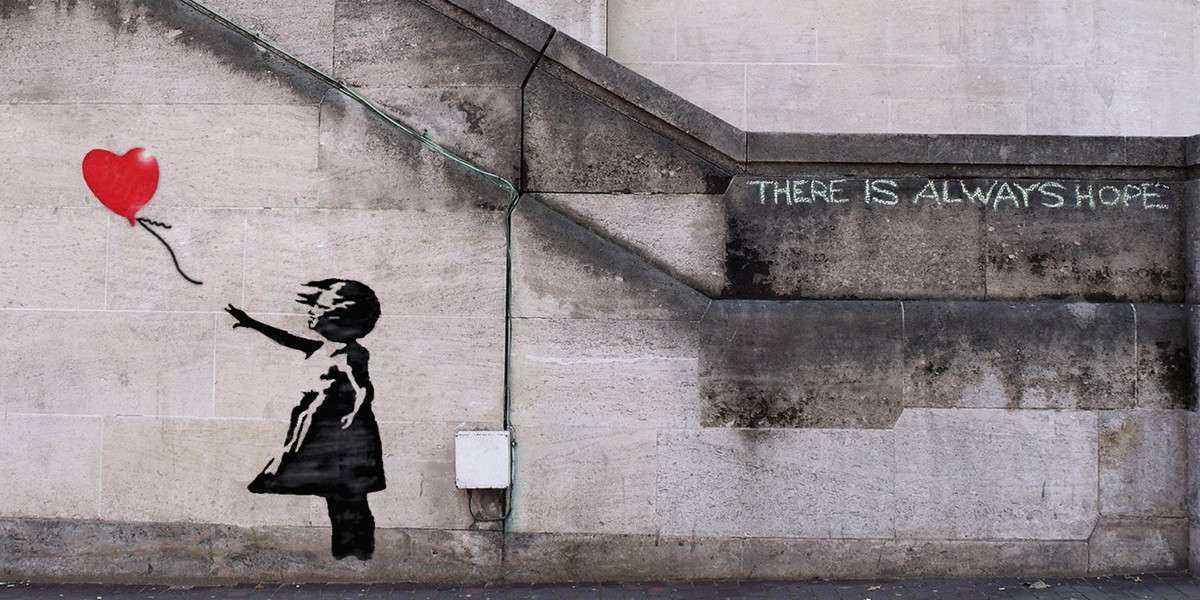
Stencil street art has become an influential form of urban expression that has a profound impact on the spaces it occupies. Through the use of stencils, artists are able to create intricate designs with speed and precision, allowing them to leave their mark on various surfaces in cities around the world.
One of the most notable impacts of stencil street art is its ability to transform otherwise ordinary and mundane spaces into vibrant and dynamic environments. By introducing colorful and thought-provoking images, stencil street art has the power to capture the attention of passersby and create a sense of wonder and intrigue.
Moreover, stencil street art has the ability to challenge the traditional notions of art and its place in society. By taking art out of the confines of galleries and museums and bringing it directly into the streets, artists are able to reach a wider audience and engage with individuals who may not typically visit traditional art spaces.
This form of street art also serves as a powerful tool for social and political commentary. Many stencil artists use their work as a means to raise awareness about important social issues or to express their dissent against oppressive systems. By strategically placing their stencils in highly visible locations, these artists are able to spark conversations and initiate dialogue within the community.
Another significant impact of stencil street art is its contribution to the cultural identity of urban spaces. By creating unique and visually captivating designs, stencil artists have the ability to shape the character and atmosphere of their surroundings. This adds a sense of vibrancy and personality to the cityscape, making it more appealing and engaging for residents and visitors alike.
The Challenges and Risks Associated with Stencil Street Art
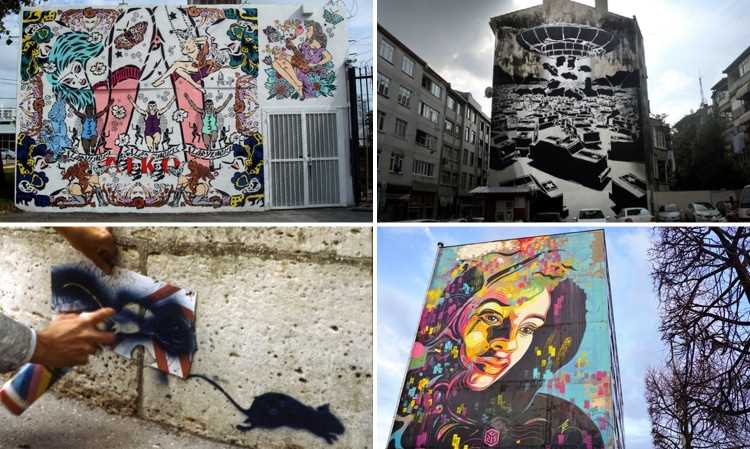
Stencil street art has gained popularity in recent years, with artists using stencils to create intricate and eye-catching designs on walls and public spaces. However, this form of art also comes with its own set of challenges and risks.
1. Legal Issues: One of the biggest challenges for stencil street artists is the legality of their work. Many cities and municipalities have strict regulations regarding graffiti and street art, and artists may face fines or even legal action for their creations. This creates a constant risk of getting caught and facing the consequences.
2. Safety: Creating stencil street art often involves working late at night in secluded and sometimes dangerous areas. Artists may have to navigate dark and unfamiliar terrain, increasing the risk of accidents or encounters with criminals. Safety precautions and vigilance are essential to minimize these risks.
3. Damage and Removal: Stencil street art is often temporary in nature, with the artwork easily damaged or removed by weather, cleaning crews, or other artists. This can be disheartening for artists who put their time and effort into creating their pieces. The risk of vandalism or defacement is another concern, as other individuals may choose to alter or destroy the artwork.
4. Public Reception: While stencil street art can be appreciated by many, it is not always well-received by the general public. Some may view it as vandalism or a nuisance, leading to complaints and even attempts to remove the artwork. Artists must be prepared for criticism and potential conflicts with community members.
5. Balancing Creativity and Message: Stencil street art often carries a message or commentary, and artists must find a balance between their creative expression and the impact of their work. While some messages may resonate with the public, others may spark controversy or negative reactions. Artists must be aware of the potential consequences of their choices and consider the impact on the community.
Despite these challenges and risks, stencil street art continues to thrive as a form of artistic expression. Artists brave these obstacles in order to share their creativity with the world, using stencils as a powerful medium to make a statement and transform public spaces.
The Future of Stencil Street Art

Stencil street art has gained significant popularity over the years, with artists using stencils to create intricate and captivating designs on public walls and spaces. This unique form of street art has become a powerful medium for self-expression and social commentary.
The future of stencil street art looks bright, with constant innovation and evolving techniques. As technology advances, artists are finding new and exciting ways to create stencils and bring their visions to life. Digital tools are being used to design stencils, allowing artists to experiment with different patterns, colors, and textures.
One exciting development in stencil street art is the use of augmented reality (AR). By combining traditional stenciling techniques with AR technology, artists can create immersive and interactive experiences for viewers. Imagine walking down the street and seeing a stencil that comes to life on your phone, telling a story or conveying a message in a whole new way.
The future of stencil street art also lies in its ability to spark conversations and engage communities. Stencil art has the power to address pressing social issues and provoke thought and discussion. It can serve as a platform for campaigning, raising awareness, and promoting positive change.
Furthermore, stencil street art has the potential to bring more diversity and inclusivity to public spaces. It allows artists from different backgrounds and perspectives to have their voices heard and their art seen. By highlighting marginalized voices and telling untold stories, stencil street art can contribute to a more inclusive and representative urban landscape.

I am a mural enthusiast and a fervent admirer of street art. Rather than creating murals myself, I am passionate about collecting them. My love for street art knows no bounds. I am dedicated to curating and cherishing these artworks that grace the streets. My collection stands as a testament to my profound appreciation for this form of artistic expression.
read about me



